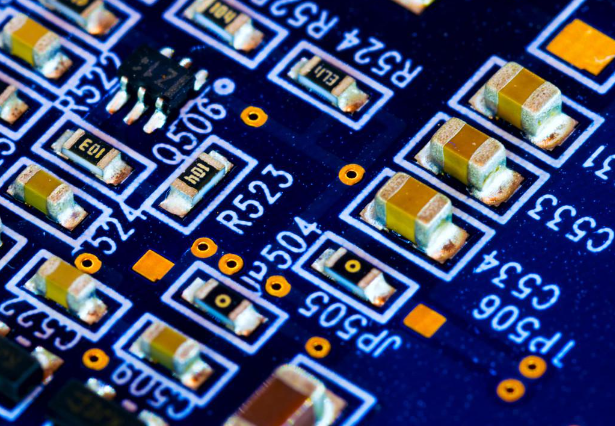What is an HDI Circuit Board?
HDI Circuit Board
HDI stands for High Density Interconnect, which refers to a type of printed circuit board (PCB) technology that allows for a higher density of interconnects and components on the board. HDI boards are designed to meet the increasing demand for smaller, lighter, and more powerful electronic devices.

Key Features of HDI Boards
High Integration: HDI boards can accommodate a greater number of components in a smaller space due to their high-density interconnects. This enables the design of more compact and efficient electronic devices.
Miniaturization: The use of microvias and other advanced manufacturing techniques allows for the creation of smaller holes and traces, reducing the overall size of the board without sacrificing performance.
Improved Signal Integrity: HDI boards often feature improved signal integrity due to their reduced trace lengths and increased layer count, which can enhance the performance of high-speed digital circuits.
Enhanced Thermal Management: The ability to place components closer together in HDI boards can improve thermal management by reducing the distance between heat-generating components and cooling mechanisms.
Flexibility in Design: HDI technology offers designers greater flexibility in creating complex circuit layouts, as it allows for the creation of intricate patterns of conductive traces and vias.
Applications of HDI Boards
HDI boards find applications in a wide range of electronic devices, including:
Smartphones: HDI technology is crucial for the miniaturization of smartphones, allowing for thinner designs and increased functionality.
Tablets and Laptops: HDI boards contribute to the portability and performance of portable computing devices.
Medical Devices: In medical equipment, HDI boards provide the necessary integration and reliability for critical applications.
Automotive Electronics: HDI boards are used in modern vehicles to support advanced driver assistance systems (ADAS) and other high-performance electronics.
Consumer Electronics: From wearable devices to gaming consoles, HDI boards enable the development of compact and powerful consumer electronics.
Manufacturing Process of HDI Boards
The manufacturing process of HDI boards involves several steps, including:
Designing: The circuit layout is designed using specialized software, taking into account the requirements of the application and the available space.
Photolithography: A photoresist is applied to the substrate, and a pattern is exposed using light or other forms of radiation. The exposed areas are then developed, leaving behind a resist mask.
Etching: The exposed areas of the substrate are etched away, creating the desired pattern of conductive traces and vias.
Plating: Copper is plated onto the etched surface to create the conductive paths.
Assembly: Components are placed onto the board and soldered in place.
Testing: The completed board is tested for functionality and quality control.
Advantages of HDI Boards
Smaller Size: HDI boards allow for the creation of smaller and lighter electronic devices, which is particularly important in portable and wearable applications.
Higher Performance: The increased density of interconnects and components can lead to improved performance in terms of speed and efficiency.
Cost-Effective: Despite their complexity, HDI boards can be cost-effective when mass-produced due to their small size and efficient use of materials.
Environmentally Friendly: The miniaturization of components in HDI boards can reduce the amount of material needed for production, making them more environmentally friendly.
Challenges in HDI Board Manufacturing
Complexity: The manufacturing process of HDI boards is more complex than traditional PCB manufacturing, requiring advanced equipment and skilled technicians.
Cost: The initial investment in equipment and the need for highly trained personnel can increase the cost of producing HDI boards.
Quality Control: Ensuring the quality of HDI boards is crucial, as any defects can significantly impact the performance of the final product.
In conclusion, HDI boards are a key component in the evolution of modern electronics, enabling the development of smaller, faster, and more powerful devices. As technology continues to advance, HDI boards will likely play an even more significant role in future electronic products.







